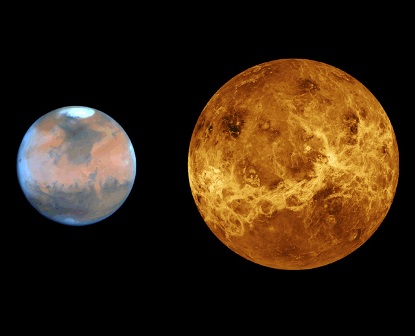
Indians are set to impress the Lady Love and the War God this time. If all goes well, India will hit the Red Planet (Mars) again and set its foot on Venus for the first time. This happy news comes from ISRO (Indian Space Research Organisation) yesterday. The Indian space giant will undertake its mega launch tomorrow, that is February 15. This time, it’s not just one or two satellites, but a whole load of 104 satellites that will be sent to space in a single mission. With this, the Indians have set up a landmark, as no other country has attempted to hit a century in a solo mission.
Among hundreds of other projects, it’s for the first time that the Indian government has acknowledged two inter-planetary sojourns to the neighbouring planets using PSLV (Polar Satellite Launch Vehicle). Modi government had prioritised space and research programme had prioritised space and research programme during their tenure. To reinforce it further, Finance Minister Arun Jaitley has allotted around 23% of the total budget to space-related activities. Under Budget 2017, the government had included special provisions for Mission to Venus and Mars Orbiter Mission II.

Out of the 104 satellites, 3 satellites are from India and 101 come from other countries.
On February 15th, India will launch its 39th PSLV carrying satellites weighing approximately 1378 kg in the space. The Cartosat-2 satellite will be the first Indian satellite in this series that will monitor the South Asian regions. Two other nano satellites (weighing 10 kg) will circle around the earth. But that’s not all. India will launch 101 satellites at an altitude of over 500 km above the earth. One satellite each has been contributed by Switzerland, Israel, Netherland, Kazakhstan and UAE whereas the United States had contributed 96 satellites.
The Mission to Mars is slated for 2021-2022. It’ll hopefully involve a rover (robot) that will explore the red planet. This project is backed the French space agency, that will help India follow-up on the developments of MOM (Mars Orbiter Mission).
India has previously launched countless other satellites into the space. From its previous experiences, the ISRO scientists have already mastered the art of avoiding collisions between multiple satellites. This experience will come in handy when the scientists are set to launch 101 satellites within 600 seconds, at a speed that is 40 times the velocity of a passenger airline. Isn’t that amazing?











